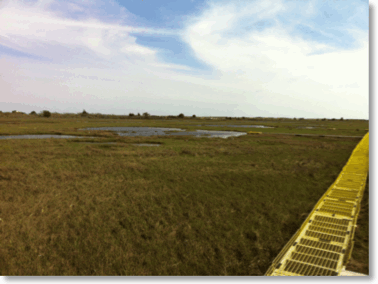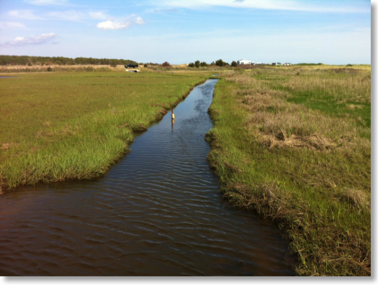Quantum cascade lasers are tiny, tunable, mid-infrared semi-conductor lasers that have extremely broad wavelength coverage (~ 3.5 – 20 μm), that when used as the source in a sensor have the capability to make in situ measurements of chemical species in the gaseous form at levels in the sub-parts-per-billion level. The lasers are designed to emit at a particular wavelength; thus, by knowing where a gas absorbs the strongest, a laser can be designed for detection of that specific gas.
We are interested in developing Quantum cascade-laser based sensors for environmental applications. Many of the projects described here were done as part of the MIRTHE NSF Engineering Research Center at Princeton University. Collaborators on the MIRTHE-funded projects at Princeton University include PIs C. Gmachl, J. Smith, G. Wysocki, M. Zondlo, and their research groups.
1. Water Vapor Isotope “WaVI” Sensor (PIs J. Smith, G. Wysocki, Princeton University)
Evapotranspiration has been recognized to play an important role in the hydrological cycle of the urban environment. Moreover, to improve our estimate of the influence it has on the associated atmospheric processes, it is essential to have a better understanding of both its components: evaporation and transpiration. Stable isotopes can be used as trace markers for partitioning ET fluxes, as evaporation and transpiration have different isotopic signatures. Towards that end, sensors that are able to perform continuous, fast and precise measurement of water vapor isotopic composition are required. We developed a field-deployable QC Laser-based spectrometer for the measurement of water vapor isotopes (oxygen isotopes).
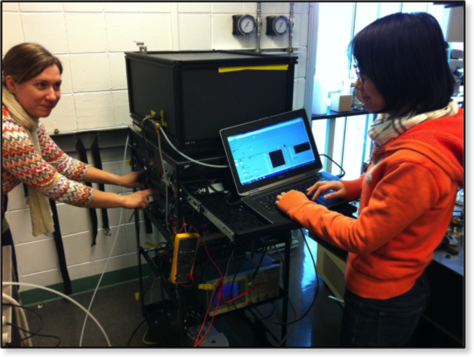
2. Long, Integrated Open Path Sensing (PI Collaborators at Princeton University: J. Smith, M. Zondlo)
We have previously developed two QC laser based systems for long-path length measurements for environmental sensing. A widely-tunable pulsed QC laser was used for measurement of ozone during the 2008 Olympic Games Beijing, China across a round trip distance of 76 m. The capability to measure CH4 in the Arctic using a QC-based system was shown in 2012 with a proof-of-concept study. A continuous wave QC laser was used to measure CH4 emission from an Alaskan Arctic lake (Toolik Lake) at a round-trip distance of >1 km at a height of ~ 1 m above the lake surface. We are interested in further developing long, integrated open path sensors because: 1) they provide measurements on similar lengths scales to models and 2) they avoid only sampling hot spots or completely missing hot spots.
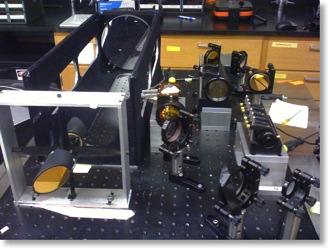
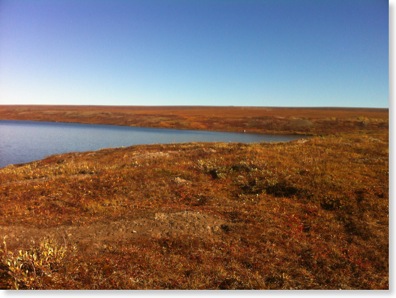
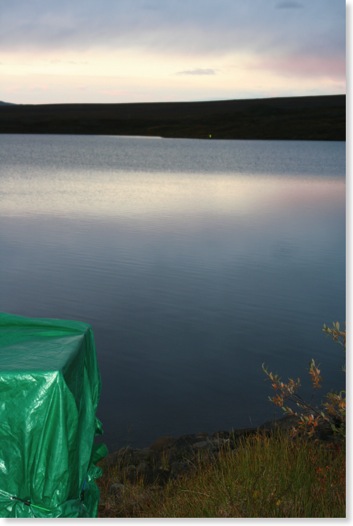
Michel, A. P. M., P. Q. Liu, J. K. Yeung, P. Corrigan, M. L. Baeck, Z. Wang, T. Day, F. Moshary, and C. F. Gmachl. Quantum cascade laser open-path system for remote sensing of trace gases in Beijing, China, Optical Engineering, 49, 111125, (2010), (http://dx.doi.org/10.1117/1.3509316).
3. Glucose Sensing (PI C. Gmachl, Princeton University)
Mid-infrared Quantum cascade lasers also have biomedical applications. While at Princeton University, I was also involved with the investigation into the use of Quantum cascade lasers for the detection of glucose in tissue as part of a research project to develop a non-invasive glucose sensor for diabetics.
- Liakat, S., Bors, K. A., Huang, T.-Y., Michel, A. P. M., Zanghi, E., and C. F. Gmachl, In vitro measurements of physiological glucose concentrations in biological fluids using mid-infrared light, Biomed. Opt. Express, 4, 1083-1090, (2013), (http://dx.doi.org/10.1364/BOE.4.001083),
- Michel, A. P. M., S. Liakat, K. Bors, and C. F. Gmachl. In Vivo measurement of mid-infrared light scattering from human skin, Biomedical Optics Express, 4, 520-530, (2012), (http://dx.doi.org/10.1364/BOE.4.000520).
- Liakat, S., A. P. M. Michel, K. Bors, and C. F. Gmachl. Mid-infrared (=8.4-9.9 m) light scattering from porcine tissue, Appl. Phys. Lett. 101, 093705, (2012), (http://dx.doi.org/10.1063/1.4748331).
Through continuous measurements of sediment gas exchange, we can quantify CO2 exchanges and estimate variability in these fluxes due to such factors as sediment structure and composition. Such studies aid us in determining whether estuarine environments act as CO2 sinks or sources and under what conditions. The exchange of CO2 between sources and sinks is not fully understood and will be greatly enhanced by “isotopic fingerprinting.” Through the development of small, autonomous, sensor systems that are capable of measuring the stable carbon isotopes of CO2 from the air and from seawater, we will enable improved temporal and spatial measurements and flux measurements from the atmosphere to the land and oceans. In our research, we apply infrared technologies to develop methods for studying CO2 exchange in estuarine environments.
